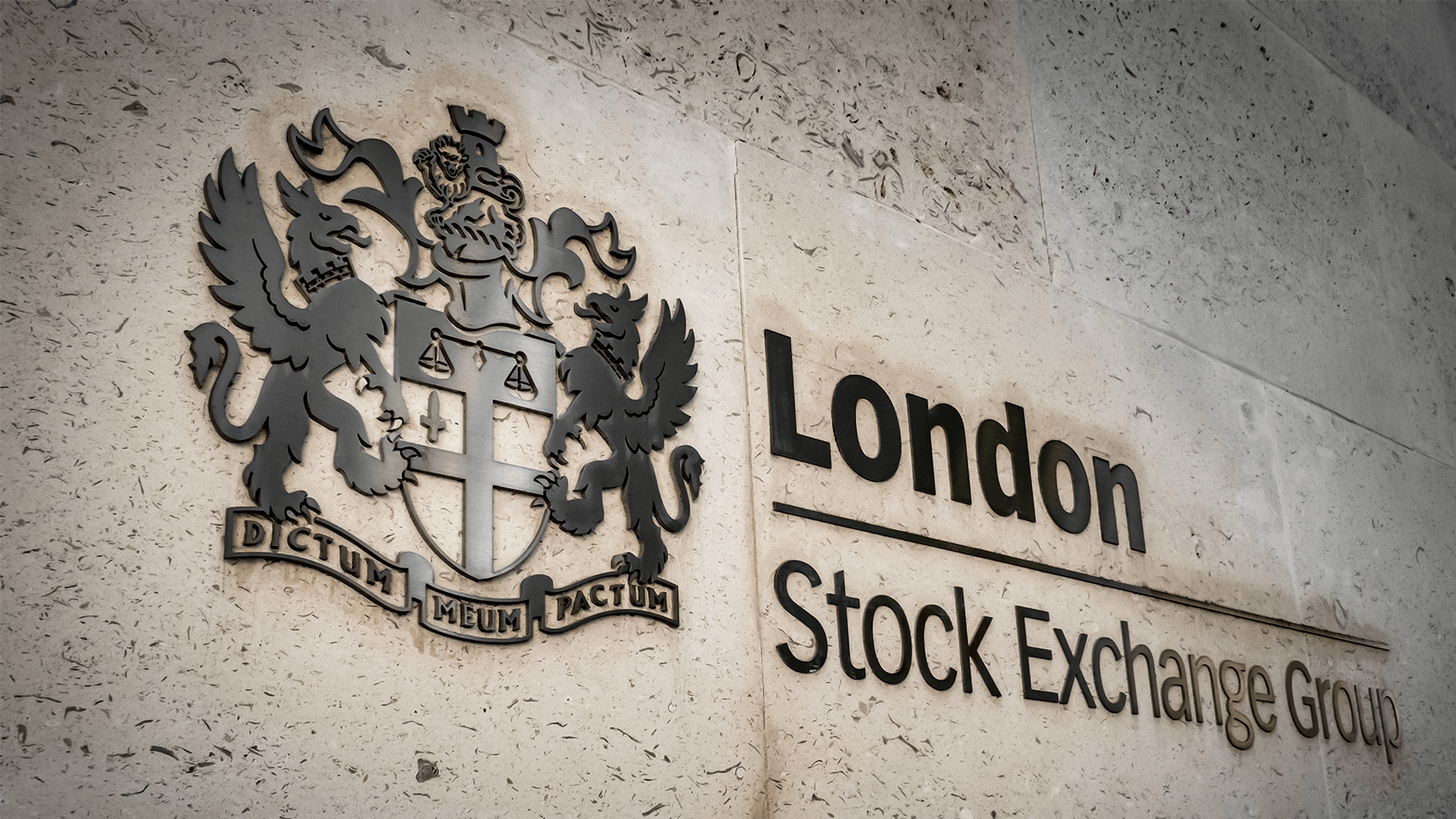
By Ben Hobson, Markets Editor, Stockopedia
For investors, it’s an incredibly unsettling time. Uncertainty continues to sweep the stock market and it’s anyone’s guess just how far the economic impact of coronavirus will spread.
Some sectors have been sucker-punched by the crisis, such as airlines, leisure and travel. In a few cases, companies are facing a battle for survival.
However, you can beat the City with a little know how.
Ben Hobson, Markets Editor at Stockopedia explains why now might be the perfect time to break free and run your own investment portfolio.
Keep your costs down
Ideally, you want to keep the annual costs of running your own portfolio below 2.5% to beat the cost of owning a fund.
Fund expense ratios are often listed very appealingly at, for example, 0.75%, but this often fails to take into account a layer of hidden fees and transaction costs that can easily take the true cost of investing in a fund up to and beyond 2.5% or even as much as 4% annually.
Diversification can deliver higher returns and buffer against market downturns, but you don’t need upwards of 100 stocks to benefit, like in many mutual funds. After all, as the number of stocks you own increases, so do the costs of rebalancing the portfolio.
The optimal level of diversification for a portfolio is arguable, but some luminaries have argued that you only need 6-8 stocks to get the lion’s share of diversification benefits. Research shows that 15 stocks in a portfolio can give 87% of the benefits of full diversification.
From our own analysis, it starts to pay to be your own fund manager when you’ve got £25k to invest or more – but even trading smaller sums can provide valuable experience as you build your portfolio.
Give every stock a role
Try and take a more portfolio-based approach and think about your overall strategy. That means worrying less about individual stocks (narrow framing) and seeing the bigger, long-term picture.
Narrow framing is when you make decisions without thinking about their wider impact, like the effect of a stock purchase on your portfolio. This can lead to all sorts of potentially costly mistakes and could mean your portfolio becomes over-laden with stocks that all have similar characteristics, leaving you over-exposed.
Instead, give every stock a role that serves the rest of the portfolio. That mix might include large-cap blue-chips, small-cap growth plays, fast-moving cyclicals and perhaps some dependable defensives. And follow a firm strategy and fight the instincts of selling winners and holding losers.
Resist the urge to react
Fund managers are well trained to keep a level head. After all, it isn’t their money they’re winning or losing.
Being your own fund manager is a time-consuming activity and with your own money at stake, it’s easy to become oversensitive to market movements.
However, checking your portfolio too much or becoming emotionally wrapped up in day-to-day market shifts means you’ll be likely to miss the opportunity to reap the rewards of holding on for an uptick in value. Don’t forget that each trade costs you in fees, which can add up over time and eat away at returns.
To anchor your thought processes and protect against that urge to react instantly to market movements, make sure you build and refine your own investment strategy, then apply it consistently across your portfolio.
Time to go global
Home bias can increase risk and cost money in terms of missed opportunities.
It’s never been easier to go global with your investments, with electronic markets and masses of company information available at your fingertips, so if you’re managing your own portfolio there really is no excuse not to look further afield for the best investments..
Investing is always risky and prudence is required when dealing in unfamiliar markets – but exercising caution and demanding a margin of safety is always good practice regardless of where you are investing .
One way of partially addressing this concern is to rule out developing markets (or use ETFs) and focus instead on the big, global indexes.
You can also mitigate concerns around a lack of knowledge of overseas markets by sticking to systematic, factor-based investing methods. This approach analyses a share’s core fundamentals – like value, quality and momentum – over time to project future rises or dips in value, which can help to minimise the risks of behavioural biases and knowledge gaps.


























